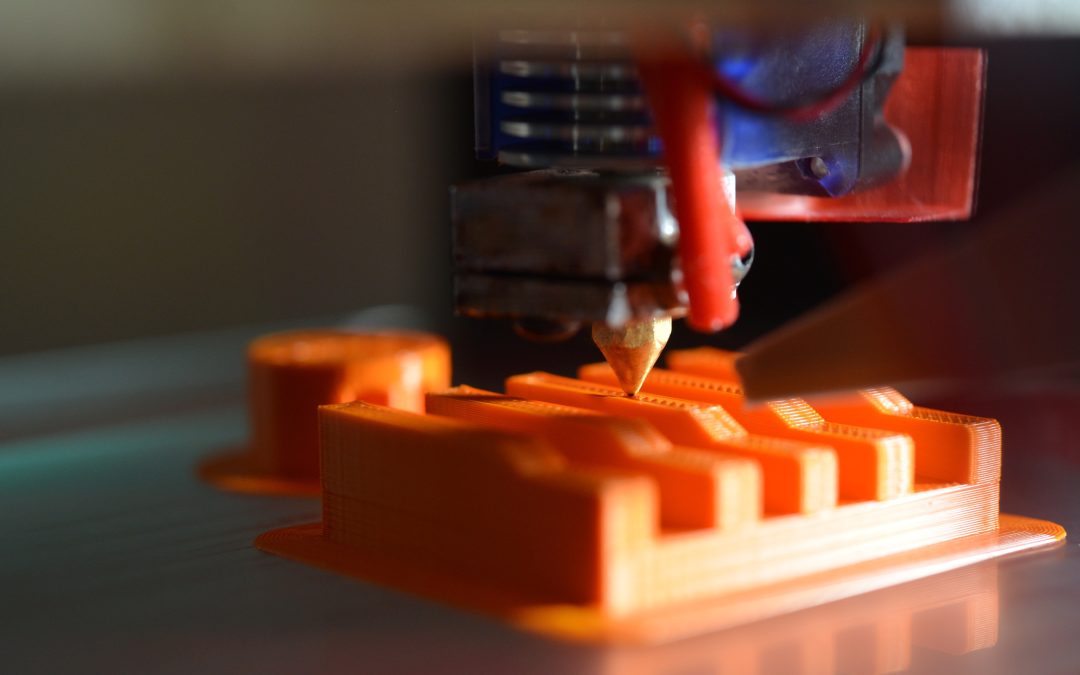At 3D Musketeers, we continually strive to redefine what’s possible with additive manufacturing technology. There’s a whole universe to explore within metal 3D printing. This technology brings a wide range of materials, from stainless steel to titanium and beyond, opening up new avenues in numerous sectors, including the aerospace and automotive industries. Today, let’s take a deeper dive into the technical aspects of this revolution.
Unleashing the Power of Metal-Additive Manufacturing
The sheer diversity of 3D printing materials is a big part of what sets additive manufacturing technology apart from traditional manufacturing methods. We use raw materials, like precious metal alloys and tool steel, and sophisticated techniques like powder bed fusion and selective laser melting to build products layer by layer with excellent strength-weight ratio, corrosion resistance, and a smooth surface finish.
For instance, techniques like Selective Laser Melting (SLM) use a high-power heat source to fuse layers of metal powder, giving the final product structural strength and a smooth surface. This method can use various materials, including stainless steel, tool steel, and even conductive metal, offering design freedom unparalleled by conventional methods.
Redefining Industries with 3D Printing
Metal 3D printing offers distinct advantages over traditional processes, particularly for sectors like the aerospace industry. With a higher strength-to-weight ratio, weight reduction is one of the most significant advantages for aerospace applications. Parts like landing gear harness brackets and roof brackets, typically machined, can be redesigned and 3D printed, reducing both weight and production costs.
Not only the aerospace sector but automotive industries also benefit from this technology. From custom parts for high-volume production to low-volume production of end-use parts, metal 3D printing provides a competitive advantage.
Beyond the Hype: The Challenges of Metal 3D Printing
As transformative as this technology is, we also understand the challenges. Post-processing, such as heat treatments and finishing, is often needed to achieve the desired surface finish and structural integrity. The costs associated with material, labor, overhead, and additional post-processing costs are substantial but can be worth the cost.
Additive manufacturing is also a complex process requiring expertise and the right 3D printing software to manage production on demand. Balancing the need for speed with the need for precision can be challenging. At 3D Musketeers, we’re committed to continual learning and process refinement, ensuring we stay at the cutting edge of the 3D printing industry.
The Future of Metal 3D Printing with 3D Musketeers
As we look toward the future, we’re excited by the potential of alternative methods of traditional metal 3D printing, like extrusion-based metal 3D printing. We’re on the cusp of even greater possibilities and thrilled to bring our customers along for the journey.
Ready to start your project or want to know more about our printing capabilities and how we can help your business? Reach out to us on our contact page.
Stay updated on the latest on 3D printing by following us on Facebook and Twitter and subscribing to our YouTube channel. With 3D Musketeers, let’s build the future, layer by layer.


Recent Comments